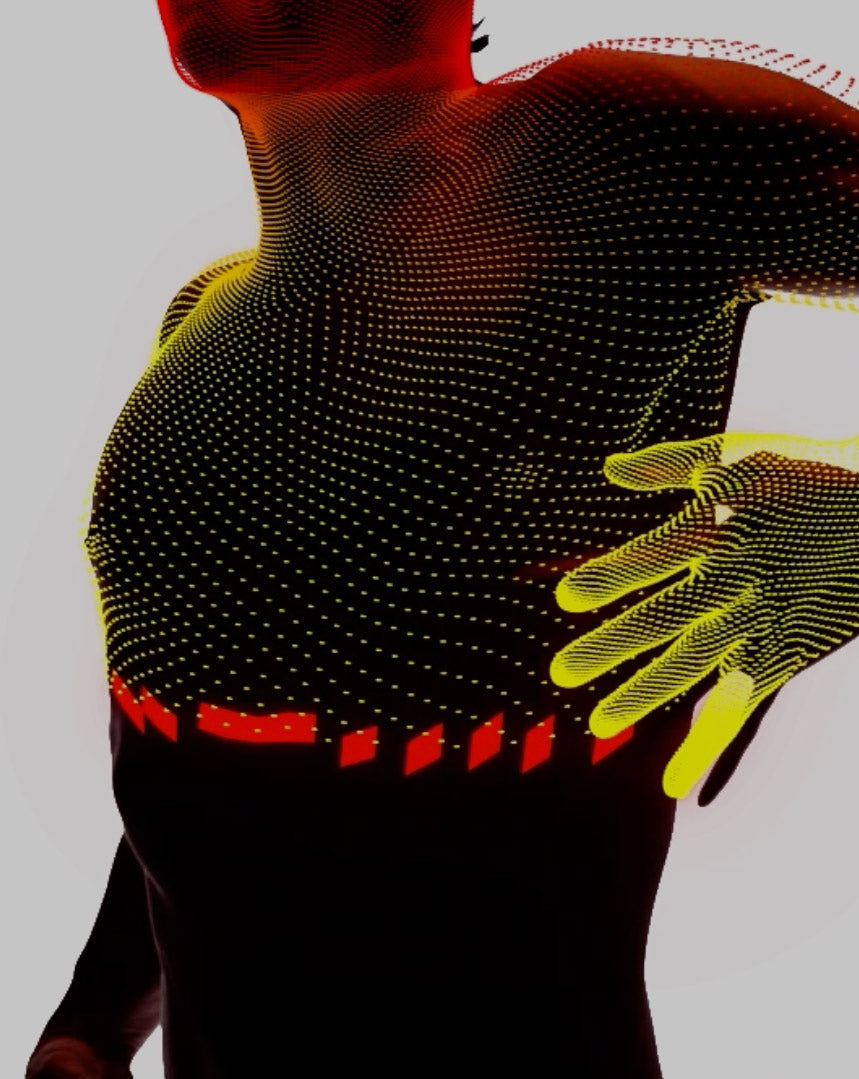Why is it that we care so much about hemp here at Citizen Wolf?
Despite a long and glorious history, hemp fell out of favour and was considered a fringe crop until only recently. No longer. Over the last 18 months, hemp has broken into the mainstream in a big way, most recently with the news that our friends at Afends have bought their very own hemp farm in the Byron hinterland. Wild.
It’s safe to say we’re in the middle of a hemp revolution. Hemp has an uncanny ability to replace a wide variety of common, often environmentally destructive, products – from single-use plastics to batteries, cosmetics and even building material. It seems there’s very little that hemp can’t replicate.
Having supported this incredible fibre since 2016 we're absolutely thrilled, but our unshakeable love for all things hemp goes beyond product replacement...
GROWING HEMP

On a per acre basis, hemp yields roughly 250% more fiber than cotton, and 600% more fiber than flax.
What inspires us most about the hemp plant is the ecological benefits which begin from the moment the seed is planted, and continue right up until your fave Tee goes into the compost to decompose back into the dirt from which it sprung.
The best temperatures for growing hemp are between 15 – 27 degrees Celsius, moderately humid but not scorching. That defines about half of Australia at almost any time of the year, and it’s almost like hemp was destined to grow in our great southern land.
Furthermore, it’s the amount of hemp that can be grown at one time that really makes it stand out from the pack. On a per acre basis, hemp yields roughly 250% more fiber than cotton, and 600% more fiber than flax. Really.
Yield is critical, but the true power of hemp is the extraordinary speed at which it grows. If it’s just the stalk that is required (this is where hemp fiber comes from), the hemp plant takes only 3-4 months to reach maturity, which makes it one of the fastest growing plants in the world.
Add all these together and what you have is a plant that can grow nearly anywhere at any time, does so at record pace, and with incredible density.
Next, take into account how much carbon hemp absorbs from the atmosphere, and the way that it encourages soil regeneration like no other plant does, and you’d be crazy not to see the advantages.
HARVESTING AND RETTING

At Citizen Wolf we only use hemp that has been mechanically retted.
It takes 3-4 months until the hemp stalk is ready to harvest at around 30-45 cm in length. It’s then cut by hand or machine roughly 10 centimeters from the base so as to prepare it for the retting process.
Retting is the microbial decay of ‘pectin,’ the substance that glues bast fiber to the woody core of the hemp stalk. This process separates the fibers from the plant, leaving you with the bast fibers that will eventually be spun into yarn. Although there are several ways of retting, two specific methods have become popular: mechanical and chemical.
The safest and most environmentally sound method is mechanical retting, where the stalks are bundled together and simply left out in the field for several weeks. The dewy moisture of the air naturally softens and separates the fibers from the stalk, though the effectiveness depends largely on the time of year and other environmental factors. A more modern version of mechanical retting is known as ‘water’ retting where the stalks are submerged in large tanks of water to speed up the same natural processes.
By contrast, chemical retting uses sodium hydroxide and carbon disulfide to strip the fiber from the stalk to produce a shorter fiber more similar to cotton in substance. That might sound preferable, but really isn’t due to the environmental hazards of these chemicals entering local waterways.
Here at Citizen Wolf we only use hemp that has been mechanically retted.
DECORTICATING

Once the stalk has been properly retted, it’s time to decorticate the fiber which removes the tough woody interior of the plant (the hurd) from the soft, fibrous exterior. The methods vary and depend largely on how the plant was retted. Traditionally, it was achieved by hand but today it’s largely mechanical.
When this process is finished, what’s left is pure hemp bast fiber ready to be spun.
SPINNING

Although it might sound like a relatively simple procedure, there are two ways to go about it: the wrong way and the right way.
The spinning process is exactly what it sounds like: taking the bast fibers and spinning them together to produce continuous strands of yarn. Although it might sound like a relatively simple procedure, there are two ways to go about it: the wrong way and the right way.
The right way is the one that we use here at Citizen Wolf, and if you care about the environment as much as we do (which we know you do), then it’s the one you should be concentrating on. Fibers that are retted ‘mechanically,’ are generally longer than cotton fibers and thus require a slightly modified machine to spin. And although this might be more costly, the benefit here is the lack of chemicals used on the product.
Now, if the retting process used was a chemical one, that means you will have been left with slightly shorter fibers, more similar to what one would get from cotton or flax. Consequently, cotton spinning machines can be used in place of specialized hemp ones. This is faster, cheaper and easier, but it means that the fiber isn’t as organic, as the chemicals have ‘regenerated’ the fiber making it technically synthetic – hemp, but not really – and often marked on labels as ‘Hemp Viscose’.
MORE THAN THE SUM OF IT’S PARTS

When you harvest hemp, you’re not just getting fibers. You’re also getting the flowers, seeds and hurd, all of which have value.
The true beauty of hemp is its versatility. More than just a suitable replacement for cotton, every single part of the plant can be used for something.
Hemp seeds are one of its most versatile features. Able to be harvested in just two weeks, the primary use of the hemp seed is as a food source. Bursting with micronutrients, they can be eaten raw by the handful, or cold pressed into oils for both cooking and as a base for cosmetics.
The retting process doesn’t just produce usable fiber. It also leaves you with a woody substance known as ‘hurd.’ These are similar to wood chippings, and can be used in much the same way. Anything from animal bedding, to the replacement of building materials, to being put back into the soil so as to nurture the growth of new crops. The uses are endless.
The point here is a simple one. When you harvest hemp, you’re not just harvesting the fibers. You’re also getting the flower, the seeds and the excess stalk, all of which have their own uses.
At Citizen Wolf, we preach the benefits of hemp daily, and there is good reason – wearing hemp not only makes you look good, but it also means that you do good. Hemp is one of the easiest environmentally conscious choices you can make, and doing so will literally help to save the planet.
What more could you possibly want?










